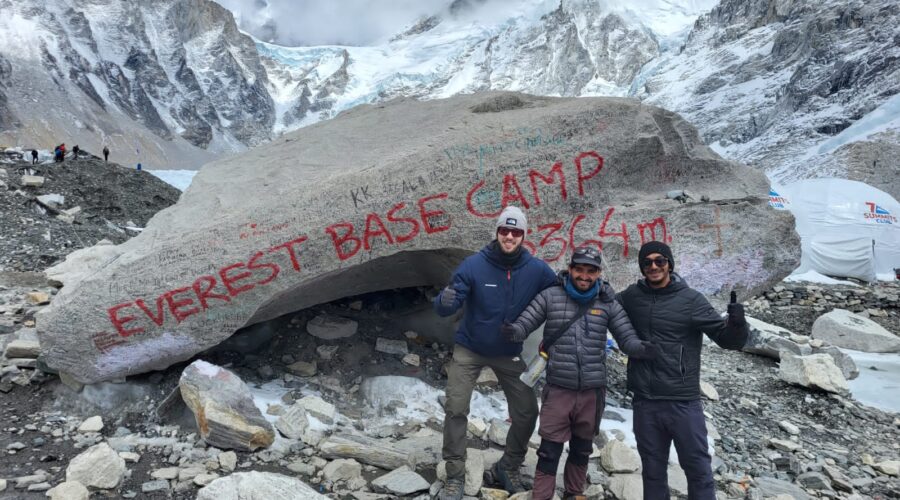Overview of the Trek The Budget Everest Base Camp Trek offers a cost-effective way to experience one of the world’s most iconic trekking routes. Spanning 12 days, this trek provides an opportunity to reach Everest Base Camp and witness breathtaking views of the world’s highest peak. The route includes highlights such as Kala Patthar, Namche Bazaar, and Tengboche Monastery. Designed for trekkers on a budget, this trek includes standard tea house accommodations and basic but comfortable amenities. It is ideal for those looking to experience the Everest region without the higher costs associated with luxury treks.
On this budget-friendly trek, you can expect a fulfilling adventure with stunning mountain views and a rich cultural experience. The trek will take you through some of the most beautiful and remote areas of the Everest region, offering a glimpse into the lives of the Sherpa people. While the accommodations are more basic compared to luxury treks, they provide a comfortable and authentic trekking experience. You will be trekking in a group or privately, with the opportunity to interact with other trekkers and local guides. The trek includes essential amenities and support while focusing on the core experience of reaching Everest Base Camp.
Cost Included:
Cost Excluded:
Summer (June to August): Monsoon season with heavy rainfall and potential landslides, making trekking conditions challenging and less enjoyable
Accommodation during the trek is in tea houses or lodges, providing basic but comfortable amenities. In Kathmandu, you will stay in a budget hotel with essential amenities. Tea houses offer private rooms with warm bedding and shared bathroom facilities. While the lodgings are simpler than those found in luxury treks, they offer a cozy and authentic trekking experience.
Travel insurance is crucial for this trek, covering medical emergencies, high-altitude trekking, and evacuation. Ensure your policy includes coverage for altitude sickness and emergency evacuation to protect yourself from unexpected situations.
Yes, you can receive a refund. However, you must report your cancellation at least 7 days prior to the trek. This allows us to make the necessary adjustments and offer your spot to another adventurer. Please contact our customer service team to initiate the refund process.
Yes, you can change the travel date. However, please ensure that you make the request at least 7 days before the scheduled trek. To change your travel date, please contact our customer service team as soon as possible.
Yes, you can make changes to your accommodation. If you choose to upgrade or downgrade your accommodation, it will affect the pricing of the package accordingly. Please contact our customer service team to discuss your preferences and any associated cost adjustments.
It depends on you. If you can handle your luggage weight, then there is no need to hire a porter. However, if you prefer an easier trek without the burden of carrying your gear, we suggest hiring a porter. We offer the option to add a porter to your package for your convenience.
Yes, insurance is required for any rescue operations or medical emergencies that may arise due to high altitude or breathing problems. Having insurance ensures that you are covered in case of unforeseen circumstances and can receive the necessary assistance promptly. Please make sure to arrange appropriate travel insurance before embarking on your trek.

